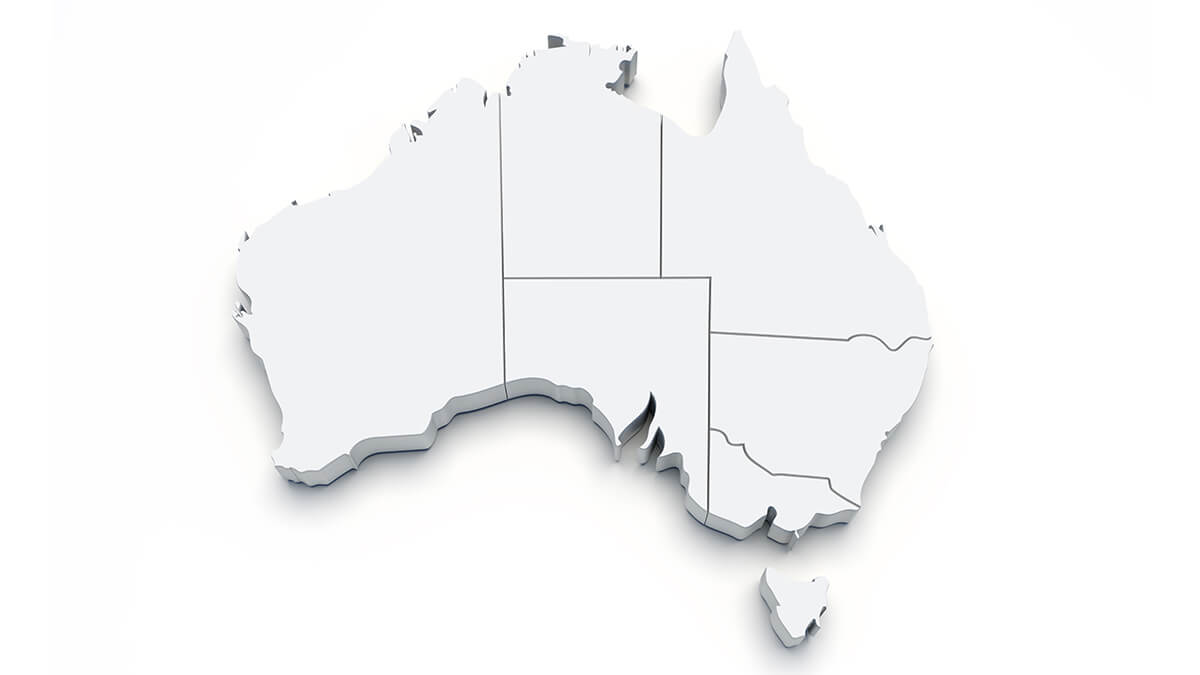In this guide
- What is the SMSF residency test?
- What should I do before I move overseas?
- What happens if you breach the SMSF residency rules?
- Can I return to Australia for a week each year to pass the test?
- Do the residency rules differ for those in the retirement phase?
- Can I set up an SMSF while I’m living overseas?
- What are the restrictions if I travel for extended periods?
- The bottom line
Growing numbers of Australians spend time living overseas for work or in retirement. This has certainly been the case following the removal of COVID-19 travel restrictions.
If you plan to be one of them and you have an SMSF, you need to be aware of residency requirements. Failure to do so could result in the loss of tax concessions, penalties or the forced winding up of your fund.
The tax concessions available under Australian superannuation legislation are worth protecting, especially for higher income earners on high marginal tax rates.
Member contributions and fund earnings in compliant Australian SMSFs are taxed at the concessional super rate of 15%, instead of your marginal tax rate, up to certain contributions limits.
One requirement of being a ‘complying superannuation fund’ is that your SMSF must also meet the ‘residency test rules’.
Need to know
In the May 2021 Budget, the Morrison Government proposed relaxing the residency requirements for SMSFs by:
- Extending the central management and control safe harbour test from two years to five years
- Removing the active member test altogether.
These measures would allow SMSF members to continue contributing to their super fund while temporarily working or studying overseas, ensuring a more level playing field with large APRA-regulated funds.
The new Albanese Government committed to pursuing these changes in its October 2022 budget but, as at December 2023, there has been no further progress made to legislate this reform.
Until proposed reforms (see above) are legislated, it’s important to understand the current rules.
What is the SMSF residency test?
There are three residency rules or conditions that an SMSF must meet to be classified as an Australian super fund.
Rule 1
The initial contribution to set up the SMSF must have been paid and accepted in Australia (or the fund must have at least one Australian-based asset).
This is the simplest of the three tests and would not often be an issue.



Leave a Reply
You must be logged in to post a comment.